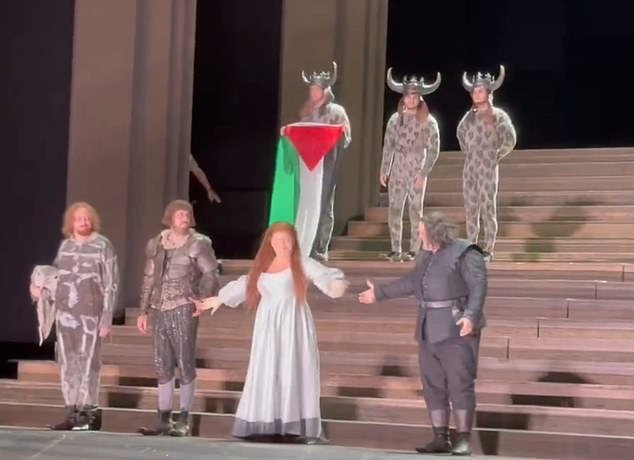Last December, I announced the creation of the very first non-artificial-intelligence generative art model.
The “model,” which I called Prompt-Brush, consisted of a simple text box that people could use to send prompts, and me at the other end, with a stack of blank paper. The experiment started as a post on social media; I didn’t expect it to go viral. But within weeks I was receiving thousands of prompts from all around the world, written in over a dozen languages. For the past nine months, I have been drawing and delivering these images every day.
The prompts have varied widely, from deeply personal stories of relationships, loss and regret to whimsical and surreal scenarios involving animals and pop culture references. I sketch them quickly, with a paintbrush and black ink: I aim for a rapid reaction, akin to how an A.I. might respond. But because I’m a human, the process is necessarily different. For me, each prompt offers a small view into the life of the prompter, and the drawings reflect what I think a good answer might be.
I’ve found single-word prompts, such as “forgiveness,” “loneliness,” “happiness,” “longing” and “victory,” challenging because they can mean so many different things to different people. I’ve found that the most truthful way for me to respond to these is to focus on my experiences and memories. The drawing for forgiveness, for example, ended up being a bare foot being stepped on by someone wearing a shoe; I had accidentally stepped on my daughter that morning. The prompt “victory” was a drawing of a hand with a squashed mosquito on its palm — sweet revenge.






